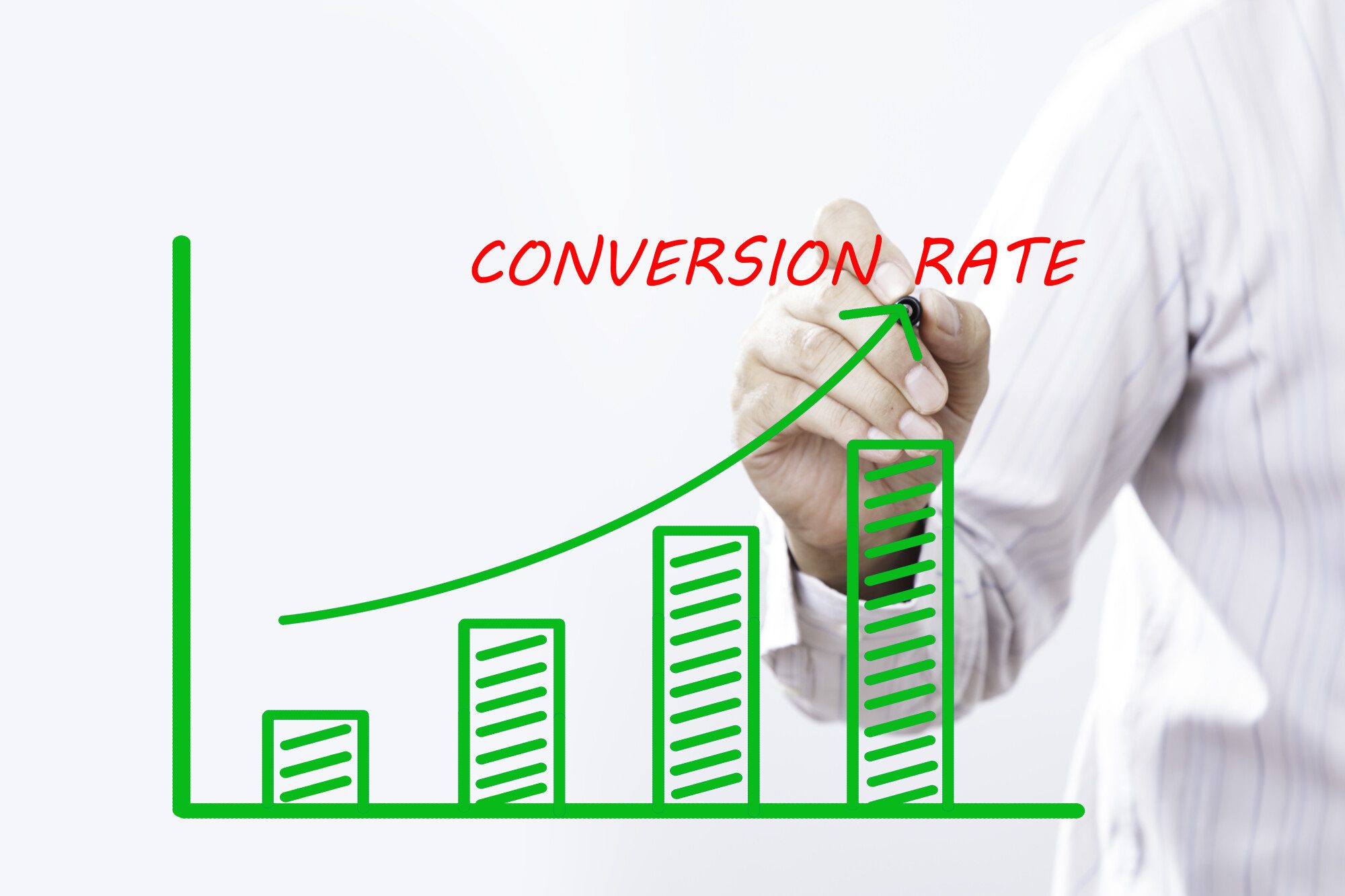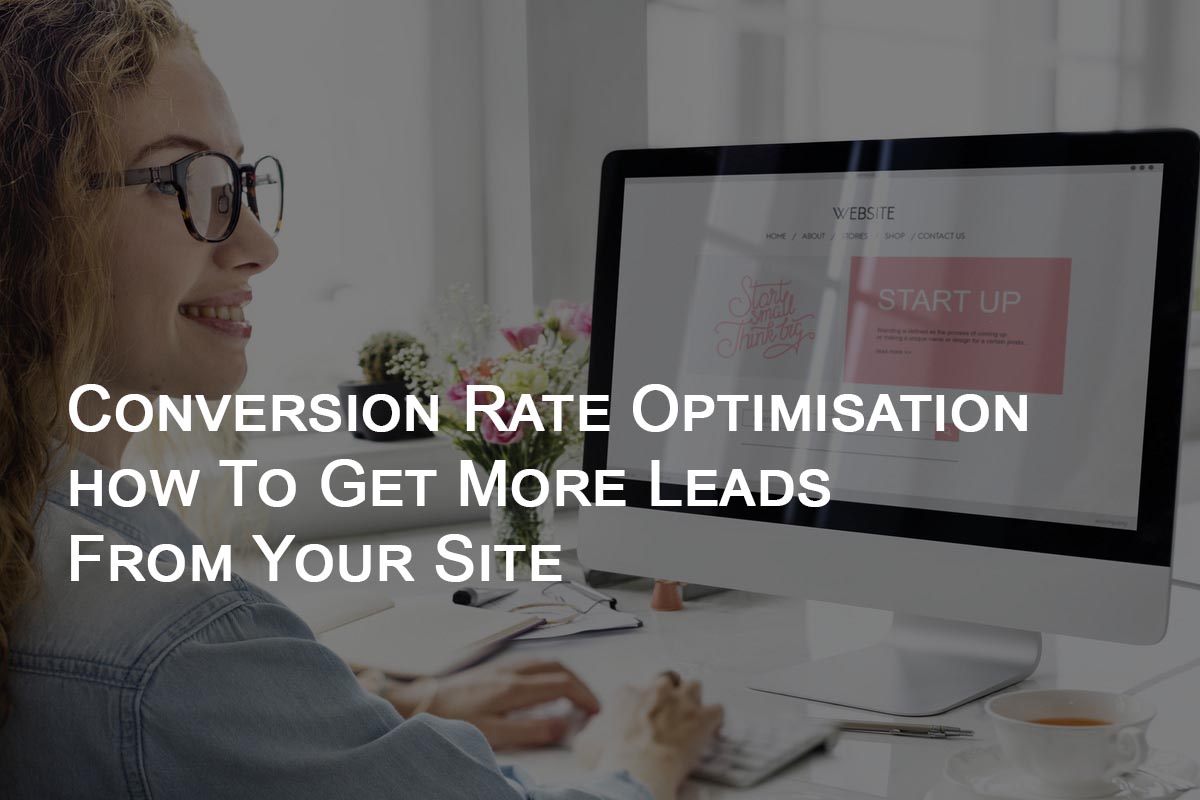Paid advertising returns $2 for every $1 you spend; a 200% ROI rate. In fact, traffic through pay-per-click (PPC) advertising generates 50% more conversions than from organic ads. With a strong Google Ads optimization strategy, you can reach more customers than ever before.
Not sure how to start advertising with Google? Here are a few effective Google Ads management tips that can help.
With these tips, you can start reaping the benefits of Google Ads (awareness, traffic, sales, and more!) in no time. Develop your online advertising strategy with these easy tips today.
Establish Campaign Goals
Before you begin advertising with Google, it helps to determine what you want to accomplish through online advertising. Establishing goals can help you create more effective campaigns. Google also allows you to set goals at the campaign level.
For example, you might want to:
- Generate brand awareness and recognition
- Promote a smartphone app
- Increase calls to your business
- Generate more website traffic
- Generate product or brand consideration
- Increase online leads and sales
- Improve your ROI
Different Google Ads management tactics can help you accomplish each goal. In fact, Google Ads will even prompt you with automated suggestions. Automating your campaigns can help you accomplish your goals quickly and efficiently.
For example, you might decide you want to generate more calls to your store. In that case, you can create a call-only campaign. Instead of visiting a landing page on your website, consumers will click on the ad, then call you directly.
Call-only ads could help you generate immediate conversions.
If you want to generate product consideration, you can send consumers to a page dedicated to a specific product instead.
Understanding your goals will help you align your ad language between the ad and landing page, too. Using similar language between the two will help you retain the consumer’s focus. Otherwise, you might confuse them with different call to action language.
Set Key Performance Indicators
After establishing your online advertising strategy goals, set a key performance indicator (KPI) for each online. KPIs can help you track your progress along the way.
For example, you can track:
- Impressions
- Conversions
- Calls
- Website visits
- Clicks
- Click-through rate
- Conversion rate
- Cost-per-acquisition
Each goal will require a different KPI.
For example, if you want to generate brand awareness, track your impressions and view-through rate (for videos). These metrics can help you determine how often people view your ads.
It can take over five impressions with a consumer before you generate brand awareness. Meanwhile, nearly 60% of consumers prefer shopping from familiar ads. Generating brand awareness could lead to future sales.
To generate brand awareness when advertising with Google, make sure to maintain brand consistency. Use your colour palette, font, and other brand elements within your ads. Make sure these brand elements match what appears on your website.
Maintaining brand consistency across multiple platforms will help awareness grow into brand recognition. Then, you can start remaining top-of-mind with consumers who see your ads.
If you want to track sales instead, use tracking pixels on your website. These pixels can help you track your conversions. You can determine which ads are helping you generate more leads and sales.
Know Your Customers
For effective Google Ads optimization, you need audience research. Understanding your customers can help you create more effective campaigns.
Personalized ads can help you appeal to the consumer’s distinct wants and needs.
In fact, 74% of consumers get annoyed when ads and promotions have nothing to do with their interests. Over 52% will switch brands if a company fails to personalize communications.
Meanwhile, 90% of marketers have reported a measurable lift in business results due to personalization. Nearly 60% have said the lift was over 10%. About 80% of consumers are more likely to make a purchase when you personalize experiences.
You can personalize your ad language and landing pages to better appeal to your target audience.
To start creating personalized ads, you first need to understand who your customers are and what they care about. Determine their:
- Location
- Gender
- Age
- Household income
- Marital status
- Buying behaviours
- Language
- Career
- Hobbies
- Interests
- Pain points
Segment your customers into smaller buyer personas. Then, you can gather keyword research for each group.
Before you start creating your ads, consider the pain points your customers are facing. Try to provide them with an easy solution within your ads to appeal to your customers.
You can use these demographics to determine your targeting parameters. Make sure your parameters aren’t too tight, though. Otherwise, you might struggle to reach customers.
You can also set parameters to exclude specific consumers.
For example, maybe you’re selling a high-end product. You might want to exclude consumers who can’t afford your product for more effective targeting.
Gather Keyword Research
Once you determine who your customers are, you can start gathering keyword research. Start by using tools like:
- SEMRush
- Google Trends
- Keyword Planner
- Answer the Public
You can target specific keywords within ad groups to appear based on the phrases consumers use during a Google search.
While searching for keywords, focus on long-tail over short-tail keywords. Long-tail keywords feature four or more words. These keywords are more precise.
Long-tail keywords can help you better determine the consumer’s search intent. Then, you can create ads that better appeal to their needs.
For example, the keyword “apple” might help a brand appear for searches like:
- Where to buy apples near me
- How to make apple pie
- The big apple
An apple orchard likely won’t want to appear for the latter two search queries. Instead, they can target keywords like “apple orchard near me” or “local apple orchard.” Precise keywords can help you appear for ideal searches.
Then, you can start reaching consumers who want and need your offers.
As you gather research, remain organized. Start grouping your keywords. You can use these groups to create ad groups, which are then organized into campaigns.
Use Location-Based Keywords
As you gather keyword research, keep an eye out for location-based keywords, too.
About a third of all mobile searches are related to location. You can target keywords that include:
- Regions
- Territories
- Cities
- Street names
- ZIP codes
- Tourist locations
Targeting location-based keywords could help you appear in front of mobile or nearby consumers.
Exclude Keywords
Remember, an apple orchard likely won’t want to appear for a search that uses the phrase “the big apple.” To avoid irrelevant searches, create a list of negative keywords. This keyword list will ensure you don’t appear for specific search queries.
For example, a window repair company likely won’t want to appear for queries related to “Window computers.” A marketing company won’t want to appear for “farmer’s market” queries.
Once you start advertising with Google, track the queries consumers use before finding your ads. Make sure their searches are relevant to your business. Reviewing this list could help you spot new negative keywords.
Keep adding negative keywords to ensure you’re not paying for those clicks!
Update Your Website
Your website’s performance can impact your online advertising strategy, too.
In fact, Google looks for websites that are fast, mobile-optimized, and secure. Your website’s performance can also impact your quality score. A low quality score can increase your cost-per-click (CPC).
A higher CPC could lead you to blow through your advertising budget sooner than expected.
Instead, make sure to improve the landing page experience across your site.
Run your site through Google’s Page Speed Insights, Mobile-Friendly Test, and Core Web Vitals. Appealing to the Core Web Vitals can improve the user experience on your site. A better user experience could help you generate more leads and sales.
Improving your website can benefit your search engine optimization (SEO) strategy, too.
Set a Budget
Before you begin running your Google Ads campaigns, establishing your online advertising budget. Determine how much you want to spend a day per campaign.
Make sure you understand the Google Ads hierarchy, too. The structure includes your:
- Account
- Campaigns
- Ad groups
- Ads
- Keywords
You can run multiple campaigns at once, each with different ad groups. Each ad group will include multiple ads and target specific keywords.
You can target different locations and other demographics at the campaign level. With that in mind, consider creating different campaigns per buyer persona.
Once you begin running your campaigns, you might decide you want to spend more on one than the other. You can adjust your daily budget per campaign as needed.
One of the benefits of Google Ads: you maintain complete control!
Write Compelling Copy
Pay-per-click website visitors are 50% more likely to purchase a product than organic visitors. Over 40% of clicks go toward the top three ad positions, too. Creating compelling ads could help you generate more clicks.
When writing ad copy, make sure your ads are clear, concise, and relevant to the consumer’s needs. Your ad copy should also feature the target keyword.
If the consumer doesn’t see the keyword they used during their search, they might not click on your ad.
Focus on the value you’re offering the consumer, too. Remember to think about the pain point they’re experiencing. Then, offer a simple solution.
Use a strong call to action to direct them to your website for that solution.
Remember, your ad copy should match what appears on your website landing page. Maintain the consumer’s focus and encourage them to take action.
Otherwise, consider creating video ads this year.
Once you start using these Google Ads optimization tips, consider A/B testing your ad language. Copy an existing ad and change one element (like the headline or CTA). Then, run the two ads at the same time.
Determine which ad helped you generate more clicks. Then, use the data to improve your future ads.
Improve Your Quality Scores
Your Quality Score (QS) is determined based on your landing page experience, clickthrough rate, and ad relevance.
Make sure your ads are compelling enough to improve your clickthrough rate. Feature the target keyword to ensure the ad is relevant to the consumer’s search, too. Then, adjust and improve your landing pages.
A higher QS can help you rank ahead of competitors on Google search engine result pages. Higher rankings can help you generate more clicks and leads. It can also lower your CPC, which will improve your ROI.
Add Extensions
You can improve your clickthrough rate and ad performance by adding extensions. Google ad extensions include:
- Sitelinks
- Locations
- Affiliate locations
- Structured snippets
- Calls
- Callouts
- Prices
For example, you can direct consumers to visit one of your locations or call your business from the ad. Consumers might complete specific actions faster if they don’t need to visit your website.
Choose ad extensions that suit your campaign goals.
Create Remarketing Ads
Remarketing ads can help you reappear in front of consumers who previously visited your website. You can use these ads to get a second chance after someone abandoned their cart or failed to complete a form. Then, you can start generating more leads and sales.
You can even personalize these ads to show consumers what items they left in their carts.
Automate
About 84% of businesses believe artificial intelligence can grant them a competitive advantage.
Automating your Google Ads management could save you valuable time in the long run. Today, you can use artificial intelligence for:
- Enhancing your CPC in auctions
- Prioritizing best-performing ads
- Finding the best bid strategies
- Dynamic bidding automation
- Hyper dynamic targeting
- Cross social optimizing
- A/B testing
- Monitoring ad performance (to pause low-performing ads)
Automating your campaigns can also save you money.
If you’re unsure about adding automation to your online advertising strategy, consider working with an agency. An experienced Google Ads management team can ensure your ads run at their best year-round.
They can even ensure your PPC campaigns support your SEO efforts.
Analyze and Optimize
Don’t forget to review your marketing campaign data.
Reviewing the analytics from your campaigns can help you spot trends or issues. For example, you might notice a campaign is failing to generate conversions. In that case, you might need to adjust your targeting.
If an ad has impressions but no clicks, consider adjusting your ad language instead.
Analyzing and optimizing your campaigns will boost your ROI over time.
Powerful PPC: Develop Your Google Ads Optimization Strategy Today
A strong pay-per-click online advertising strategy could give your business the boost it needs. Keep these Google Ads optimization tips in mind as you get started. With these tips, you can start generating leads and sales in no time!
Remember, you don’t have to develop your campaigns alone. Google Ads management services could save you time and money in the long run.
Eager to get started?
Contact our team today to learn more!




